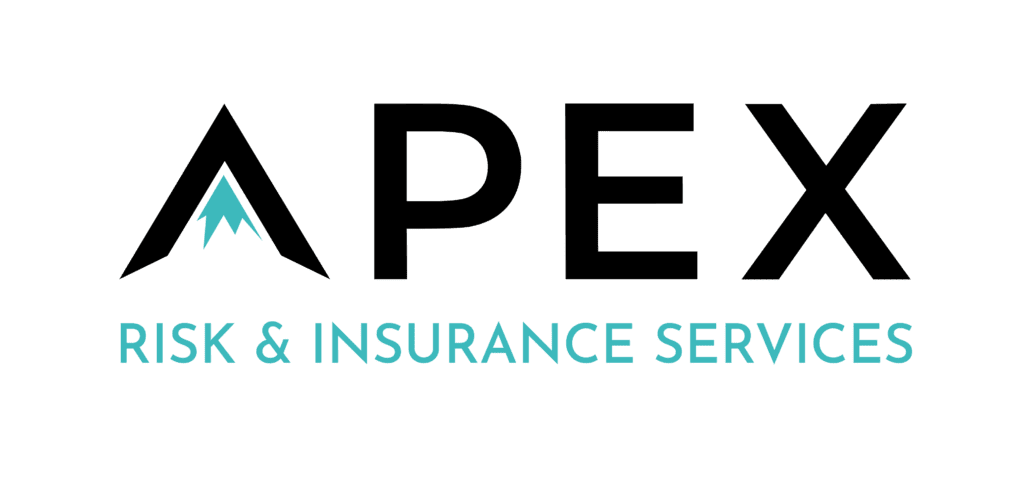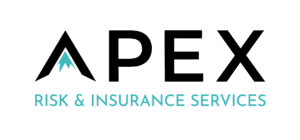January 1st Rate Filings Update: Why Insurance Rates Are Increasing
Insurance rates are rising; from workers’ compensation to global property insurance to cyber security insurance, insureds can’t help but notice a spike in prices.
Why are insurance rates increasing? Several factors have contributed to this rise, ranging from inflation, ongoing supply chain disruptions and the labor shortage. Let’s dive into why.
Why Are Insurance Rates Increasing?
Many factors contribute to the rise in insurance rates. These factors include, according to analysts at Fitch Ratings Inc.
- High inflation
- Supply chain disruptions and the labor shortage
- A rise in natural catastrophe claims
- An increase in D&O claims
- A spike in cyberattacks
- A rise in workers’ compensation claims
These issues have put the sector’s earnings under pressure and led to price increases for 17 consecutive quarters. Let’s take a closer look.
How Inflation is Affecting Insurance Rates
During standard periods of inflation, the rate of inflation increases approximately between 2% and 3% per year. However, the U.S. is currently experiencing an overall higher rate of inflation, especially in industries such as construction.
In fact, construction material costs are up 20% according to the General Contractors of America.
Inflation drives the prices of goods and services up, such as the cost of:
- Goods/Materials
- Production
- Labor
- Resourcing
When these services cost more, so does the cost of repairing or replacing properties, assets and so on. This leads to a rise in insurance rates to cover the increasing cost of repairs and replacements.
Effects of COVID-19: Supply Chain Issues and Labor Shortages
According to the Global Insurance Market Index, global commercial insurance prices increased 9% in the second quarter of 2022 – down from an 11% increase in the first quarter – continuing a trend of moderating rate increases that began in Q1 2021.
Supply disruption and construction labor shortages, may also result in an increase in these prices. Why? These issues and labor shortages can cause goods and services to be more expensive and make the cost to repair or replace them higher as well.
A Rise in Natural Catastrophe Claims Means a Rise in Natural Disaster Insurance Premiums
In 2020 and 2021, U.S. insurers paid $176 billion for natural catastrophe insurance claims alone, the highest total in a two-year period for commercial insurance claims relating to natural disasters. In 2021, 20 separate billion-dollar weather-related events occurred in the United States.
Many insurance companies are raising their rates to make up for the high number of big pay-outs resulting from natural disaster claims.
Increased Directors & Officers (D&O) Insurance Claims
The Directors’ & Officers’ (D&O) liability insurance market experienced huge rate increases in 2020; with some of these increases peaking at over 70%.
According to FitchRatings, possible reasons for spikes in D&O insurance premiums include increased mergers, class action lawsuits, and the cost of regulatory investigations.
Learn more about why Directors’ & Officers’ (D&O) liability insurance rates are rising, here.
Spikes in Cyberattacks Trigger a Rise in Cyber Security Insurance Premiums
Cyber insurance, also called cyber security or cyber liability insurance, covers businesses against losses resulting from data breaches.
Since 2020, cyber-attacks have changed significantly and become even more common with the increase of remote and hybrid work models. These attacks can be much more nuanced than in the past. For example:
- Phishing emails have fewer red flags and instead include a subtle change. For instance, an email from one of your vendors may have a different bank account to pay your bill.
- Ransomware attacks are on the rise due to innovations in technology.
- Ransomware attacks have also moved onto a larger scale, such as the attack against Microsoft Windows Remote Desktop Protocol (RDP) credentials to gain access to victim networks.
In its 2021 report, the U.S. Government Accountability Office found that a number of insurers reduced coverage limits or increased premiums for higher-risk industries. These industries may include:
- Academic institutions
- Health care
- Public sectors
Learn everything you need to know about changes in cyber insurance, here.
Worker’s Compensation Insurance
Employers in California are required to purchase workers’ compensation to protect against work-related injuries and illnesses.
The cost of workers’ comp, however, has been steadily rising for the past few years, and with the most recent Pure Premium Rate Filing from the Workers’ Compensation Insurance Rating Bureau of California® (WCIRB), there’s no sign of slowing.
But why are these rates rising in the first place?
Changes in the workforce, medical inflation, and wage inflation have all played a part. Read on to learn what rising workers’ compensation rates mean for California employers.
In July of 2022, the WCIRB submitted its September 1, 2022, Pure Premium Rate Filing to the California Department of Insurance (CDI).
In this filing, the WCIRB proposed a set of increased premium rates. On average, these rates are 7.6% higher than those approved the year prior on September 1, 2021.
According to the WCIRB, the average of the proposed September 1, 2022, advisory pure premium rates is $1.56 per $100 of payroll.
Read more about why workers’ comp rates are rising, here.
Any Questions?
For more information, contact us today or check out our policies.
Apex Risk is dedicated to providing clear explanations and guidance that addresses real problems that may arise for your business in your unique industry. Learn who we are and why we do what we do, here.










